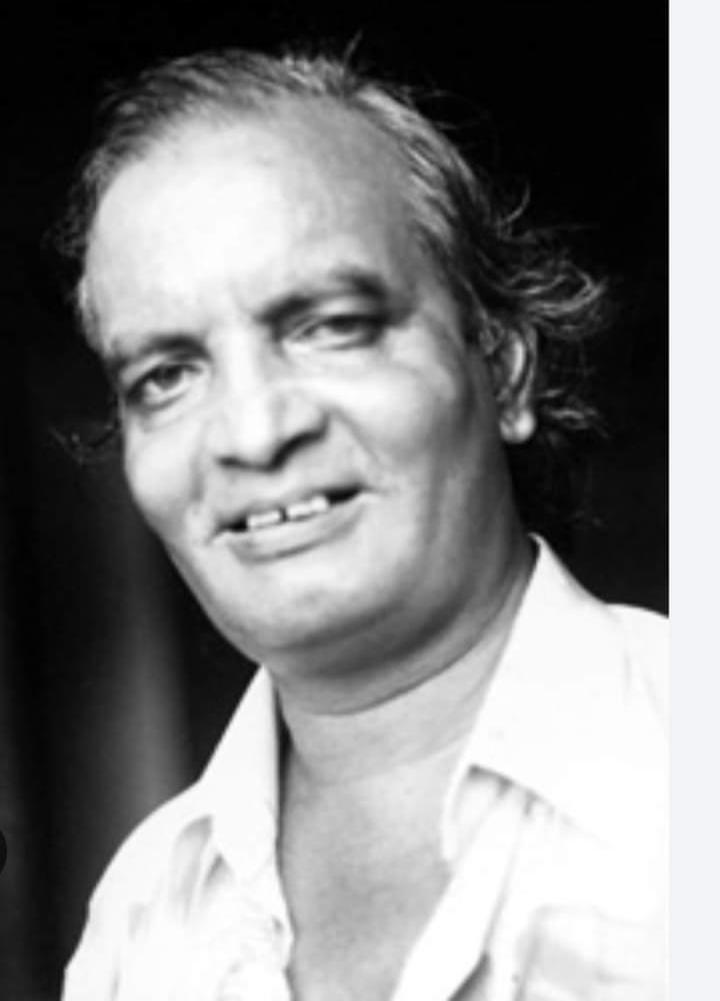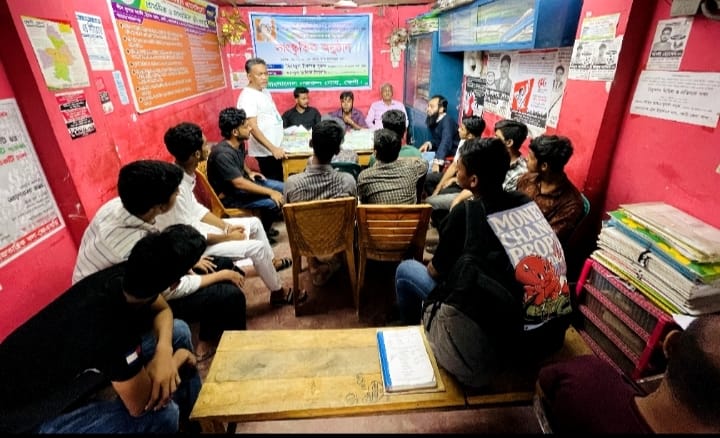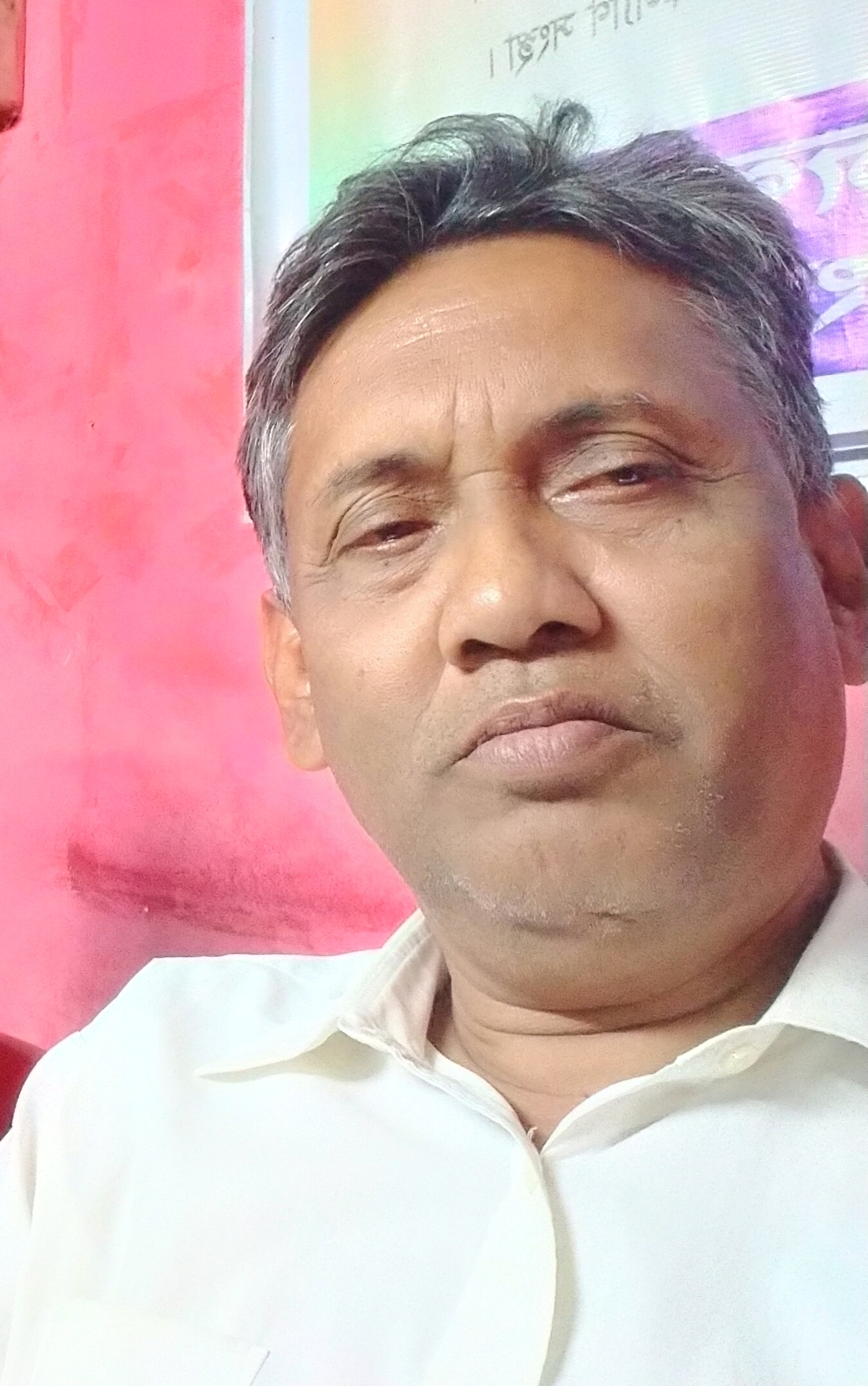Science education at secondary and higher secondary levels: Obstacles and the way out


In a world of unprecedented advancement in science, science-minded nation building is very important. Science is the only alternative to science in governance, social work, education, agriculture and modern health care. It has become impossible to move without scientific thinking and scientific ideas in everyday life. Perhaps because of this, science and scientific thinking are vital in today’s technology-driven world. For the well-thought-out and rational implementation of all these, the help of science is necessary in the education system. For this purpose, teaching science at the primary, secondary and higher secondary levels of education and inculcating scientific thinking and developing a reasonable scientific perspective in every field of life have been elevated to the level of national responsibility and duty.
Enrichment in science education and science consciousness start to happen from as early as childhood. Science education gradually begins to develop in a student’s mind after crossing the elementary school boundary. In our country the academic examination SSC is considered as the first important step. Basically, the secondary level is the perfect time to develop curiosity and passion for science. But the unfortunate thing is that even after passing the SSC and later the HSC, the innate passion towards science education remains quite deficient in the life of a student.
However, according to BANBASE and Education Board data, the number of students studying science is continuously decreasing. But the reality is, no matter where the society or state is located in the present world, it is not possible to live outside the scope of science. Science and technology and people’s life have merged at a certain point. However, science students have been on the decline for the past two decades due to lack of motivation, uncertainty of post-educational work, inadequate infrastructure, shortage of teachers, excessive expenditure, etc.
The real picture of the distance between studying and practising science in the country can be easily estimated by looking at the schools and colleges of the divisional cities, districts and upazilas, including the capital Dhaka itself. Even in the famous schools and colleges of the country, the necessary materials for learning science are not properly available. In the case of most of the chapters we read in physics, chemistry and biology at the higher secondary level, we did not know the practical workings of them as much as we should know directly. As a result, proper and adequate learning about the subjects or chapters read is not achieved. For example, the lack of practical apparatus, the lack of various chemical solutions in chemistry, the position of physical symbols of various animals in biology, the absence of all these has narrowed our practical education. Apart from this, the inadequacy of various structures including multimedia, classrooms, computers, sports facilities and libraries is continuously leading science education to the backyard. Needless to say in this context, the image of schools and colleges at the union and village level is not that bright. Science is undoubtedly a very creative subject. All around us there are numerous materials and natural objects and essential elements scattered here and there. If it is possible to inculcate in the mind of a student a concept of mixing our theoretical lessons and environmental elements, the doubt, fear and hesitation we have towards science would be removed to a large extent. Not only that, this lesson will also help build the subsequent career.
In Dhaka and other divisional cities, district towns and in even upazilas there are a lot of coaching centres. But this scribe almost heard fathers and uncles saying that these coaching centres did not exist in their time. Why are these, and what do they do and to what extent? The centres are mostly run by teachers from different schools and colleges. There have been volumes spoken in discussions and written in newspapers on this. The question of why the students depend on coaching centres or private tutors has come up again and again. The teaching, impressive advertisement of the coaching centres have attracted the students in such a way that even if they are absent from school, they are attending the coaching centres regularly. This results in a huge increase in the cost of education which creates a severe financial burden on families.
Adolescent innovation is the driving force behind science fairs. Due to the large number of students at the district level, it is advisable for students to organise science fairs at least once every year under the leadership of district government schools. Participation of upazila, union and village level schools and colleges should be ensured in the fairs. It will help improve science-centric consciousness across the country. In order to create a strong intellectual base in the sphere of science, limited incentives for participants at the village, union and upazila levels should be made available and it will help leave far-reaching positive effects on science education.
Sajjat Shahriar is a student of Electrical and Electronics Engineering (EEE) at AIUB













